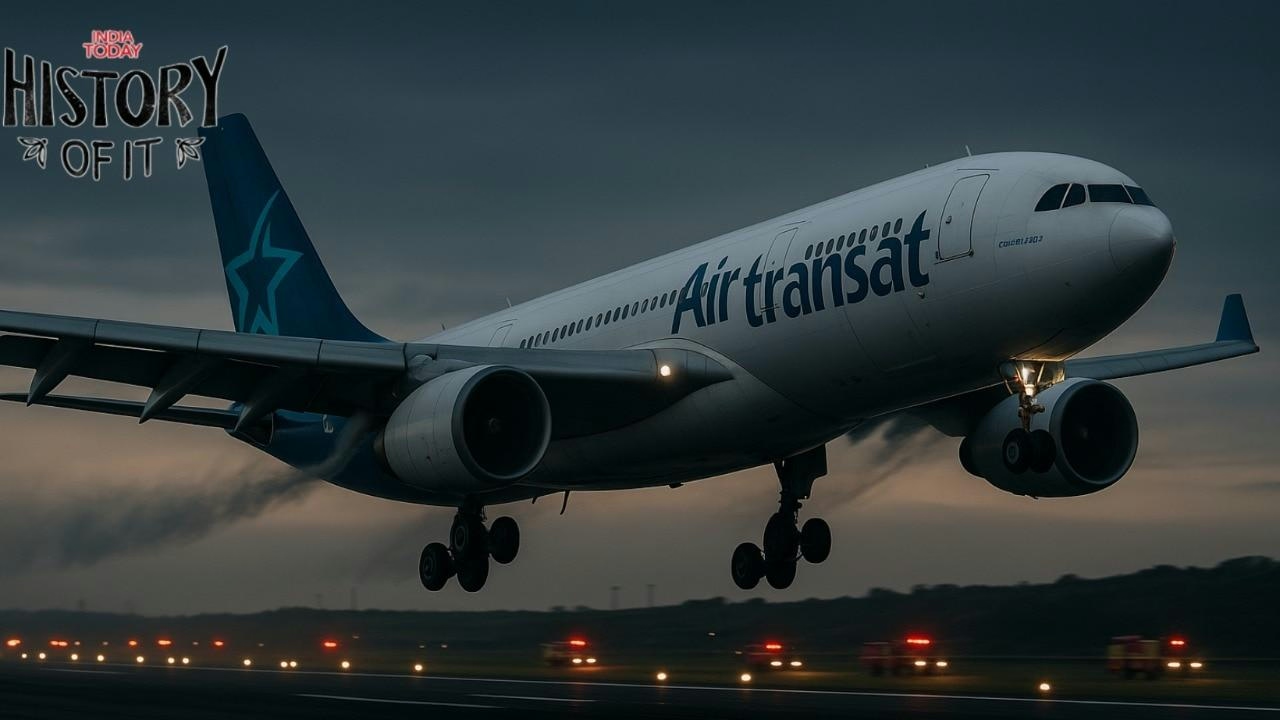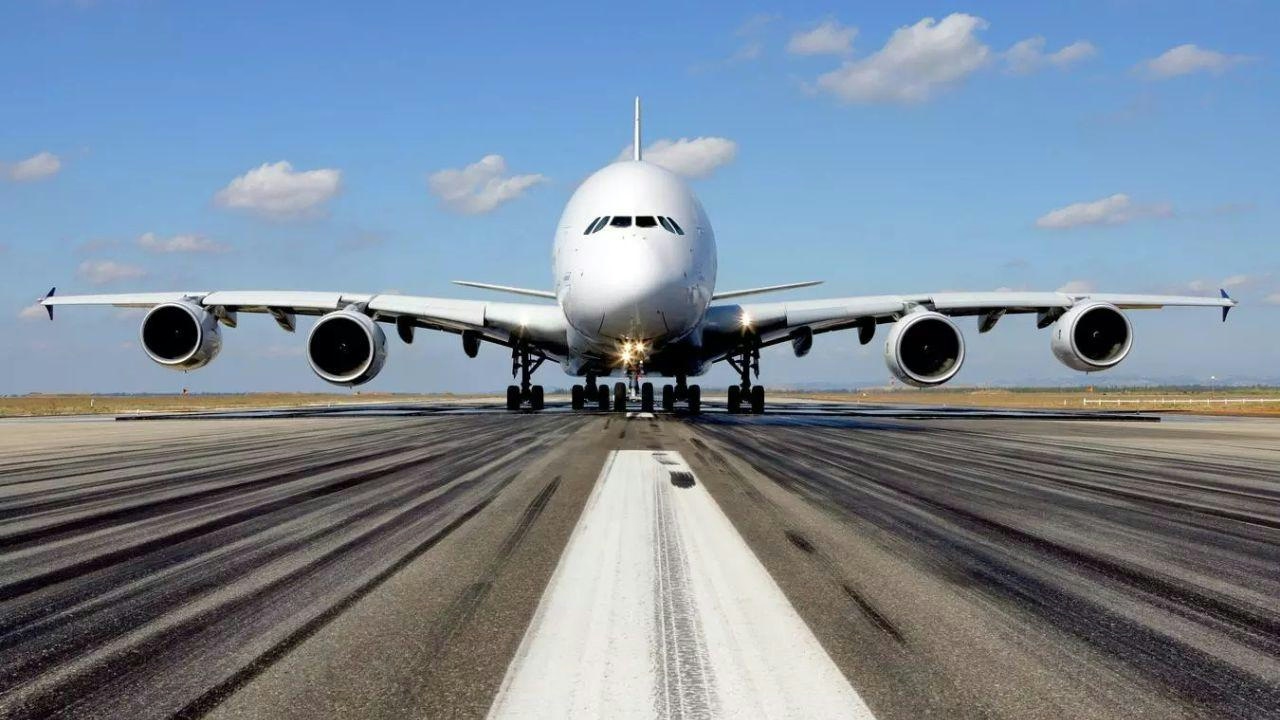
AeroGenie: il tuo copilota intelligente.
Tendenze
Categories
Pilots Glide Engine-Less Plane 120 km Over Ocean, Save 306 Lives

Pilots Glide Engine-Less Plane 120 km Over Ocean, Save 306 Lives
On August 24, 2001, Air Transat Flight 236 faced a harrowing emergency that would become known as the "Miracle on the Azores." The Airbus A330, carrying 306 passengers and crew, was cruising at 39,000 feet over the Atlantic Ocean, approximately 120 kilometers from the nearest runway in the Azores and more than 1,400 kilometers from the Portuguese coast. First Officer Dirk DeJager, 28, radioed a distress call: "Mayday, mayday, mayday. We have lost both engines due to fuel starvation. We're gliding now."
The flight, en route from Toronto to Lisbon, was nearly five hours underway when the crew detected a fuel leak that caused the right engine to fail. Thirteen minutes later, the left engine also flamed out, leaving the aircraft powerless over the dark and frigid ocean. What followed was an extraordinary demonstration of airmanship. Captain Robert Piché and First Officer DeJager managed to glide the massive jet for 120 kilometers, executing a textbook emergency landing that saved every life on board.
Inside the cabin, tension was palpable as passengers braced for a potential ditching in the Atlantic. The loss of engine power also resulted in the failure of hydraulics, electrical systems, and cabin pressure, compounding the peril. Despite these challenges, the pilots maintained remarkable composure and skill, setting a world record for the longest glide of a commercial airliner without engine power.
Aviation Safety Under Scrutiny Amid Recent Tragedies
This incident stands in stark contrast to other aviation emergencies, such as the 2009 "Sully" landing on the Hudson River, where both engines failed shortly after takeoff due to a bird strike. Unlike Captain Chesley Sullenberger’s river landing, Air Transat 236’s crew had to navigate a powerless descent for nearly 20 minutes over open ocean before reaching safety.
Aviation safety remains under intense scrutiny, particularly following more recent disasters. The crash of Air India Flight 171 in Ahmedabad, where a Boeing 787 Dreamliner plunged just 32 seconds after takeoff, resulted in 270 fatalities. Investigators determined that the aircraft’s digital control system, FADEC, overrode pilot commands, and despite the crew’s desperate efforts, control was lost.
Further concerns have been raised by the recent Jeju Air tragedy, which underscored the critical importance of decision-making during engine failures. Investigations revealed that pilots shut down the less-damaged engine after a bird strike, a decision that proved fatal. These incidents have prompted regulatory bodies to intensify scrutiny of pilot training and emergency protocols. Airlines now face potential increases in insurance premiums and are reviewing safety standards, while competitors are enhancing training programs to ensure strict adherence to engine failure procedures.
Despite these challenges, commercial aviation remains one of the safest modes of travel. The legacy of Air Transat Flight 236 endures as a testament to the skill and resilience of flight crews, highlighting the vital role of rigorous training and sound judgment in overcoming unforeseen crises.

Europe Advances Aviation Sustainability Through SAF Mandates and Innovation

Lufthansa's Fleet Plans for 2025

Fifteenth National Games Model Aviation Finals in Longhua Showcase Drone Sports and Innovation

Brazilian Woman Becomes First Female Captain of Airbus A380

Airbus and Boeing: Comparing Their Global Reach

Vietjet Orders 100 Airbus A321neo Jets, Strengthening UK-Vietnam Strategic Partnership

The Aircraft Set to Replace the Iconic Superjumbo

Delta Air Lines Introduces AI-Powered Concierge Service

Shanghai to Host 2025 North Bund International Aviation Forum
